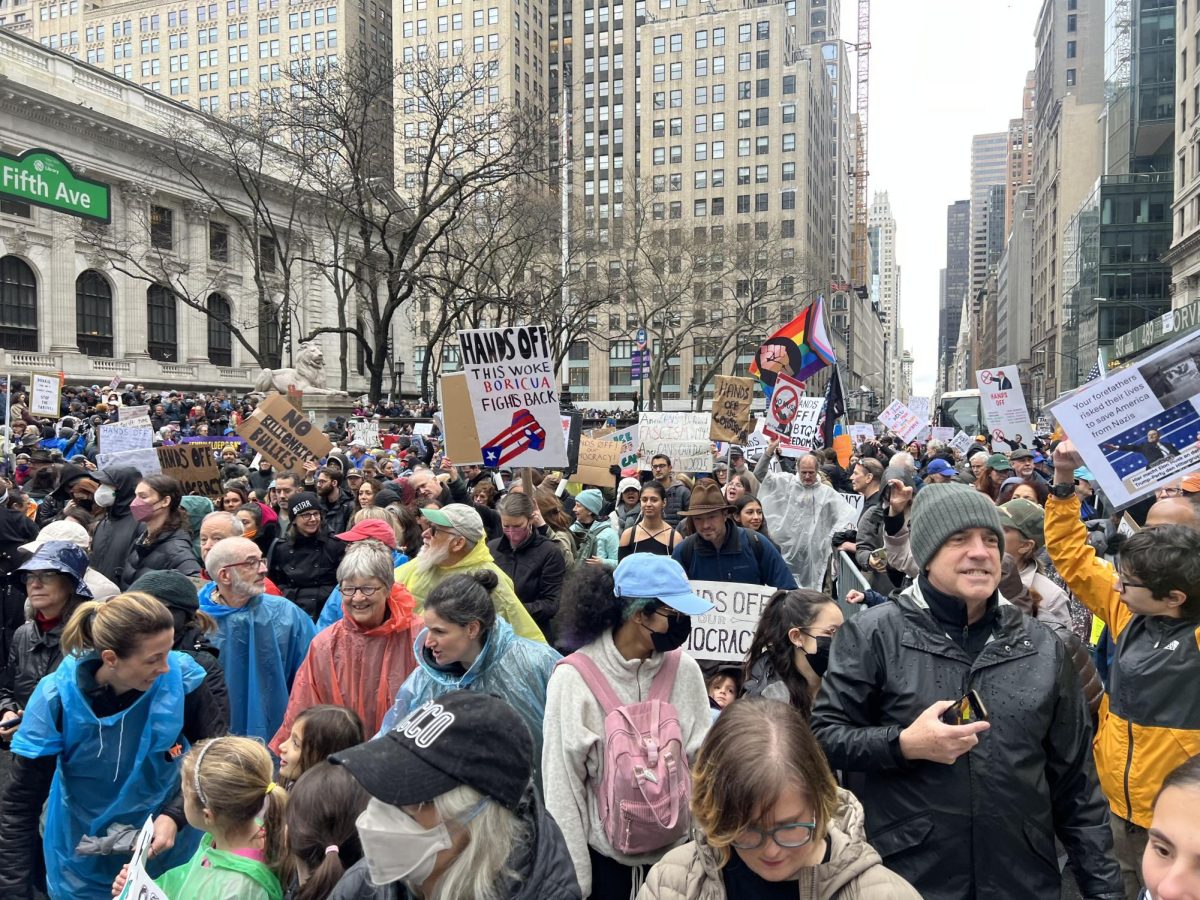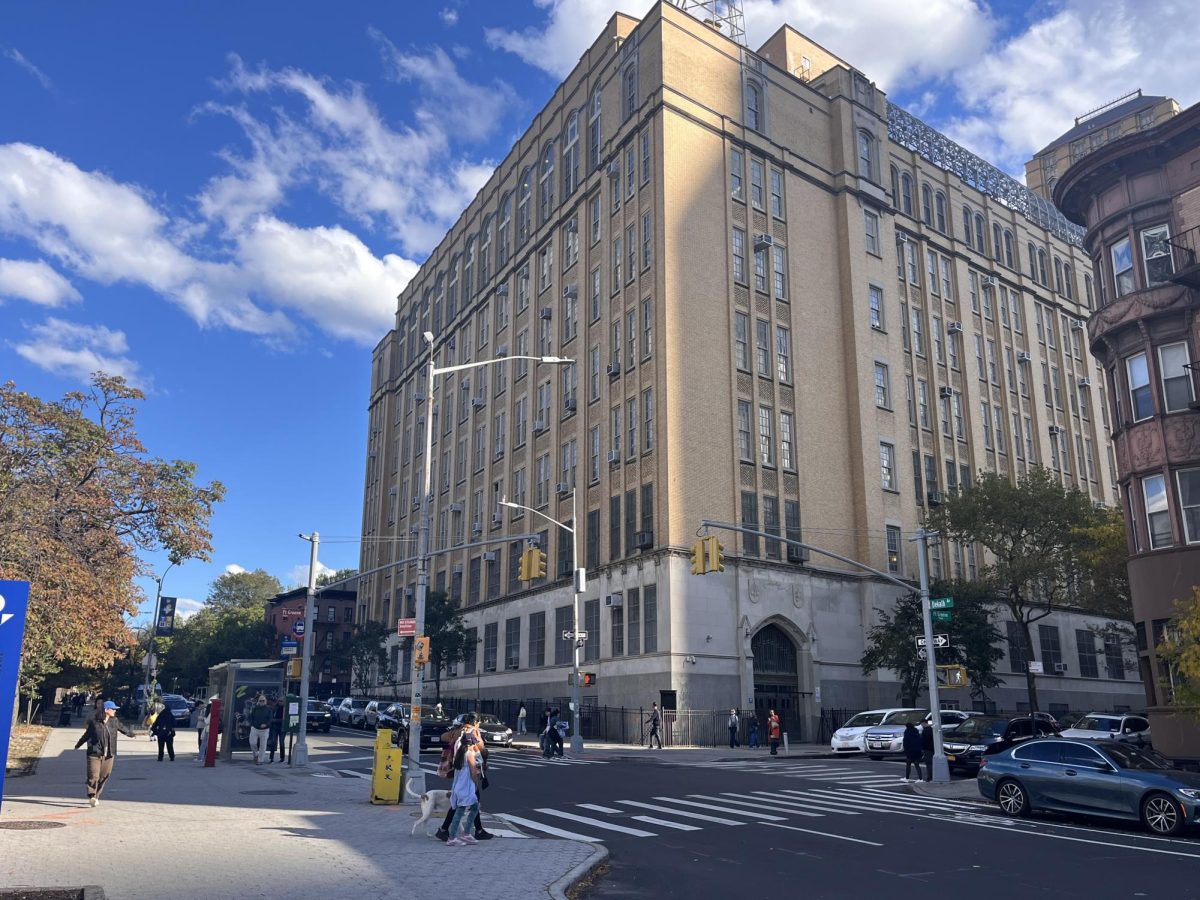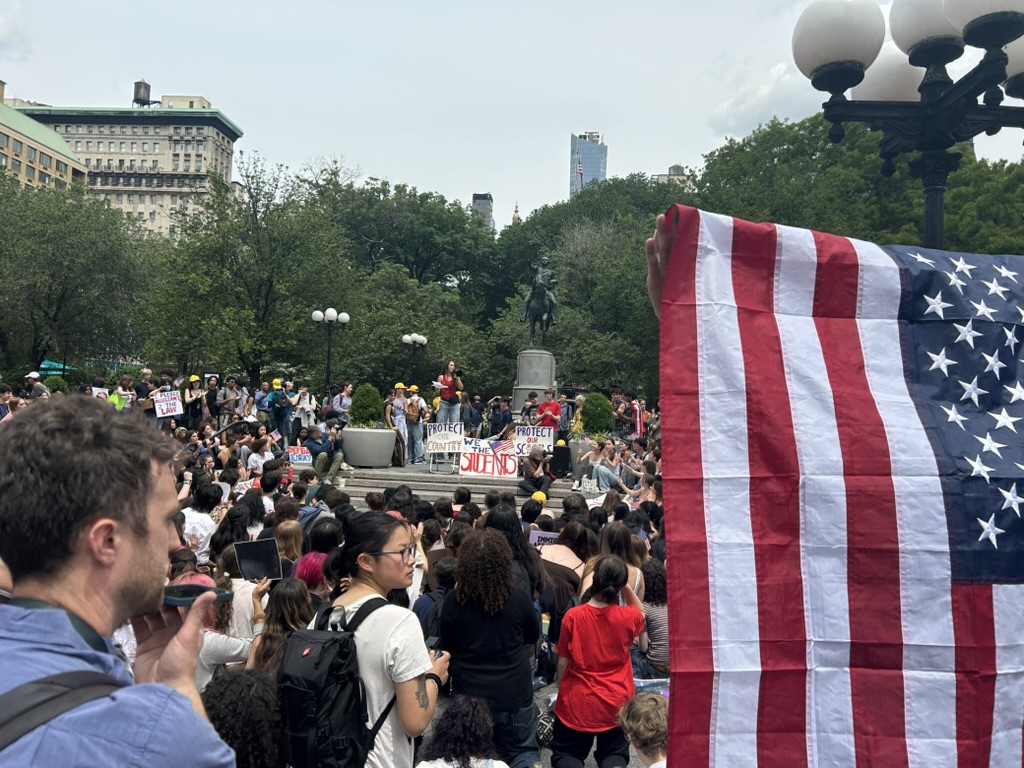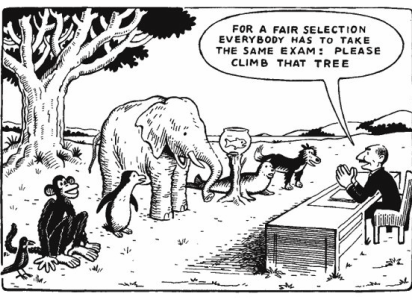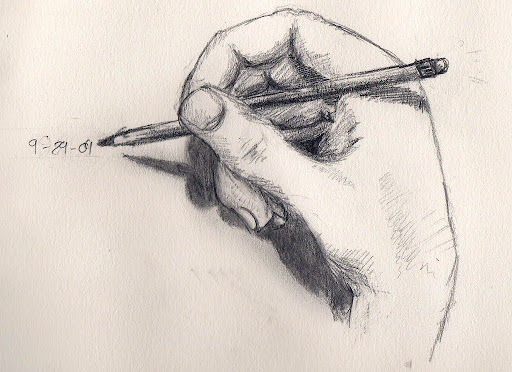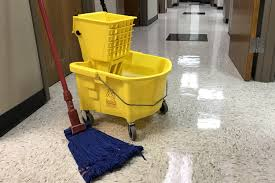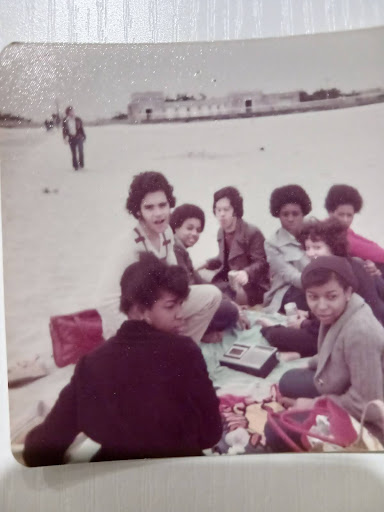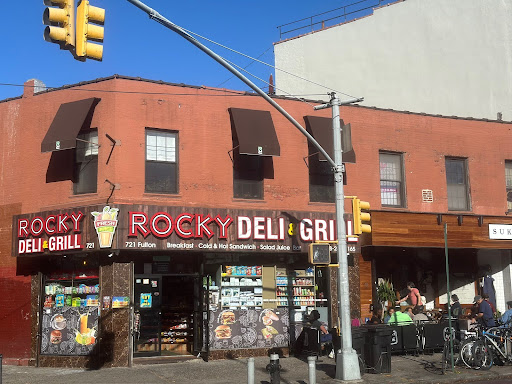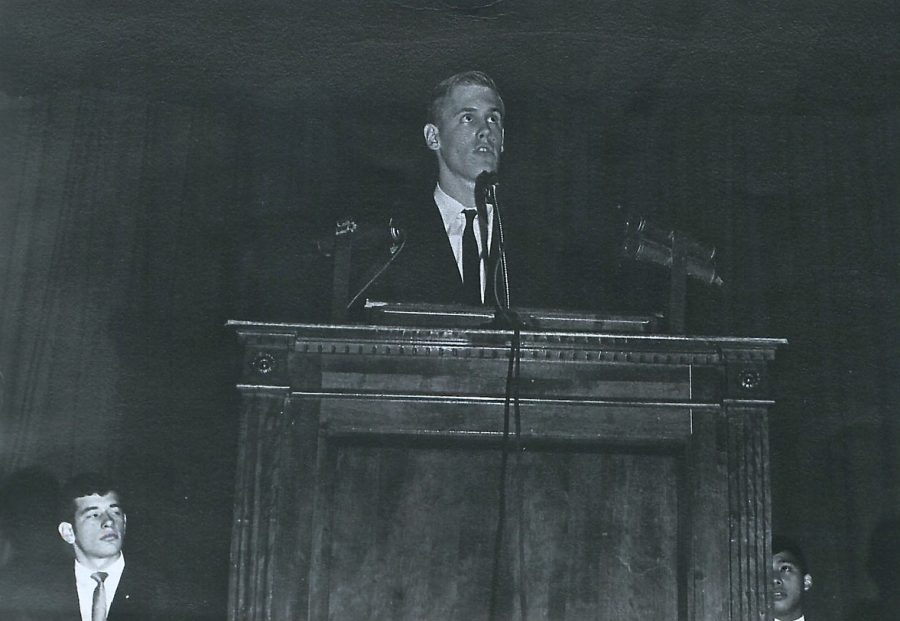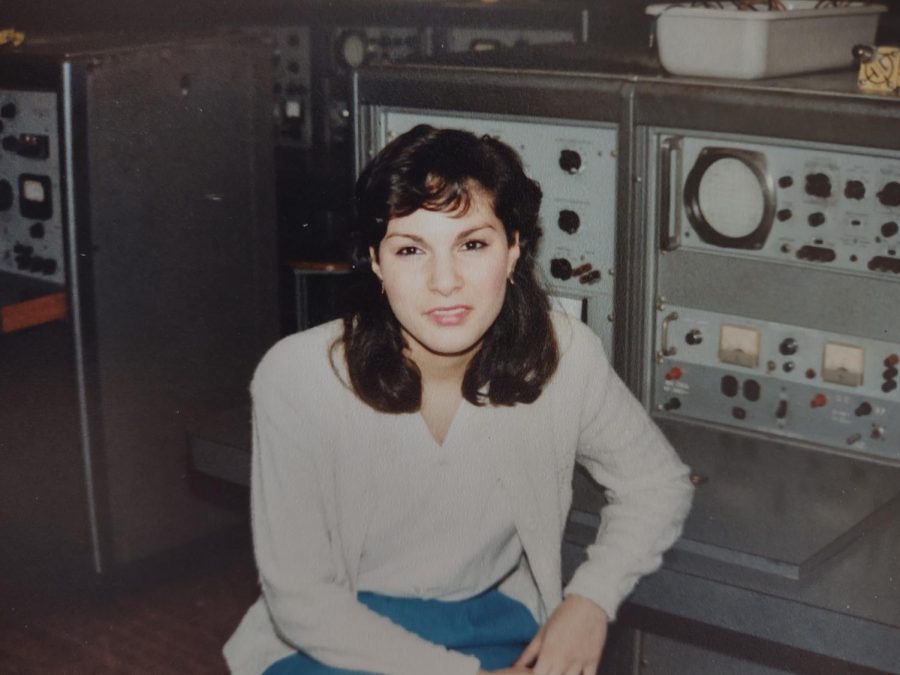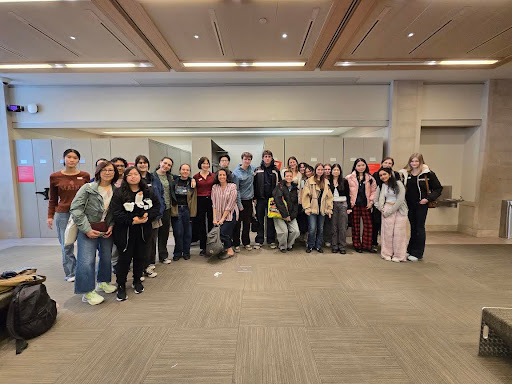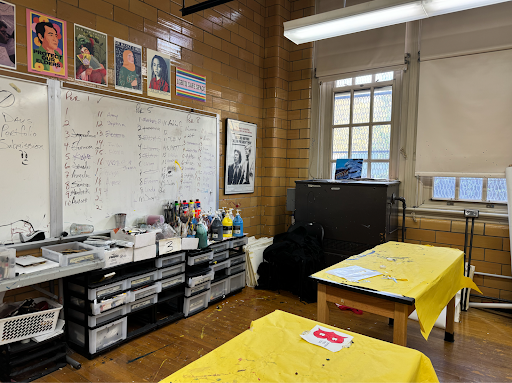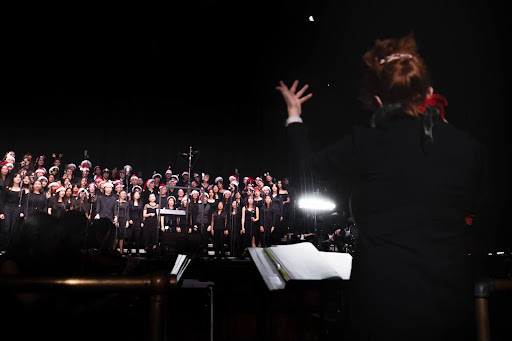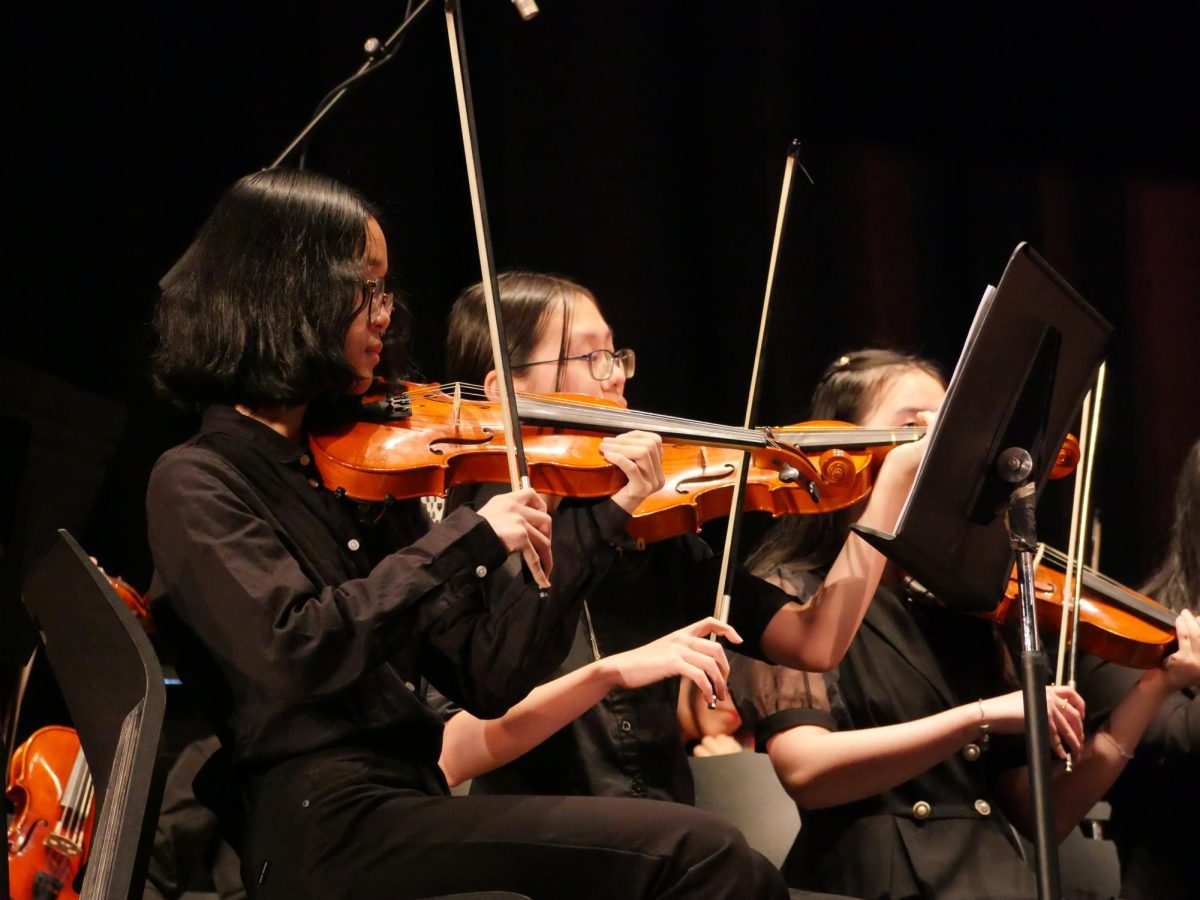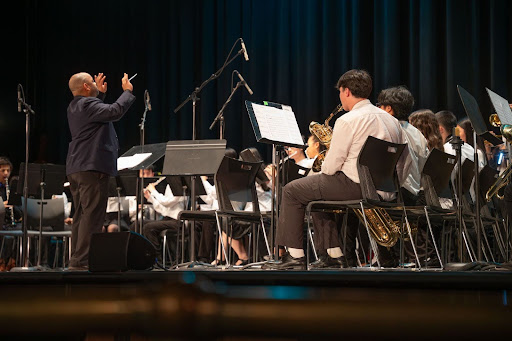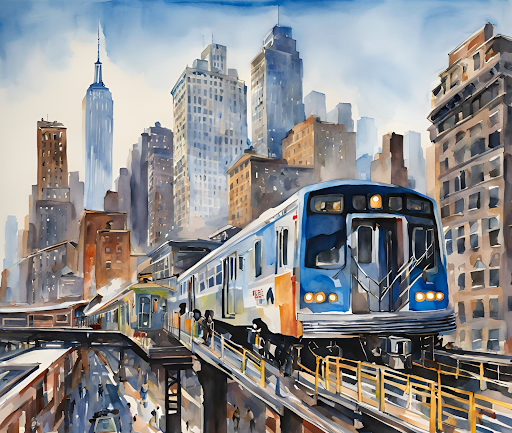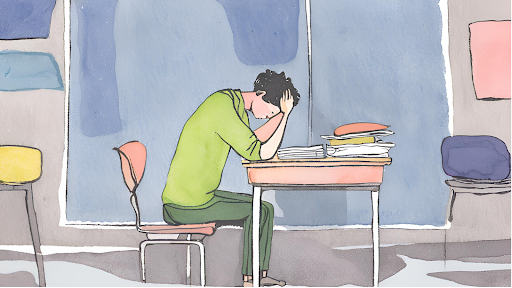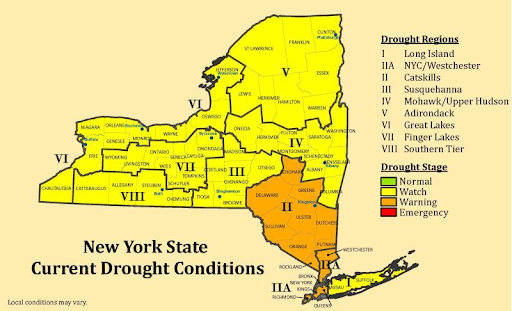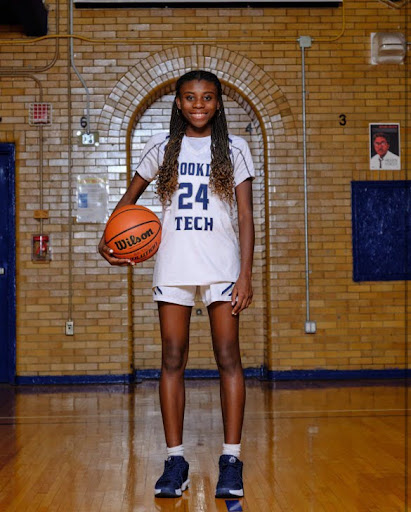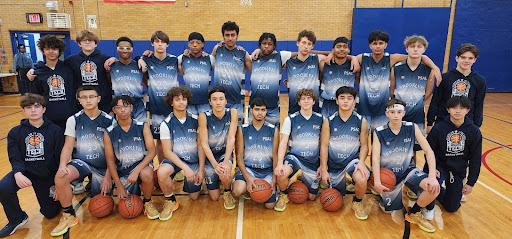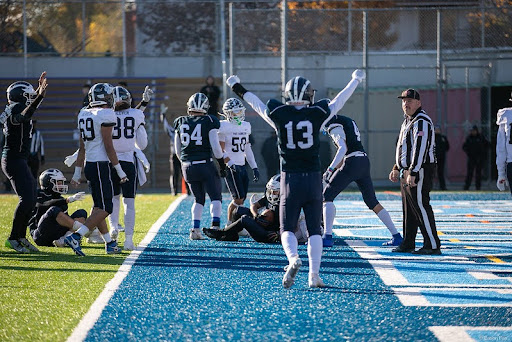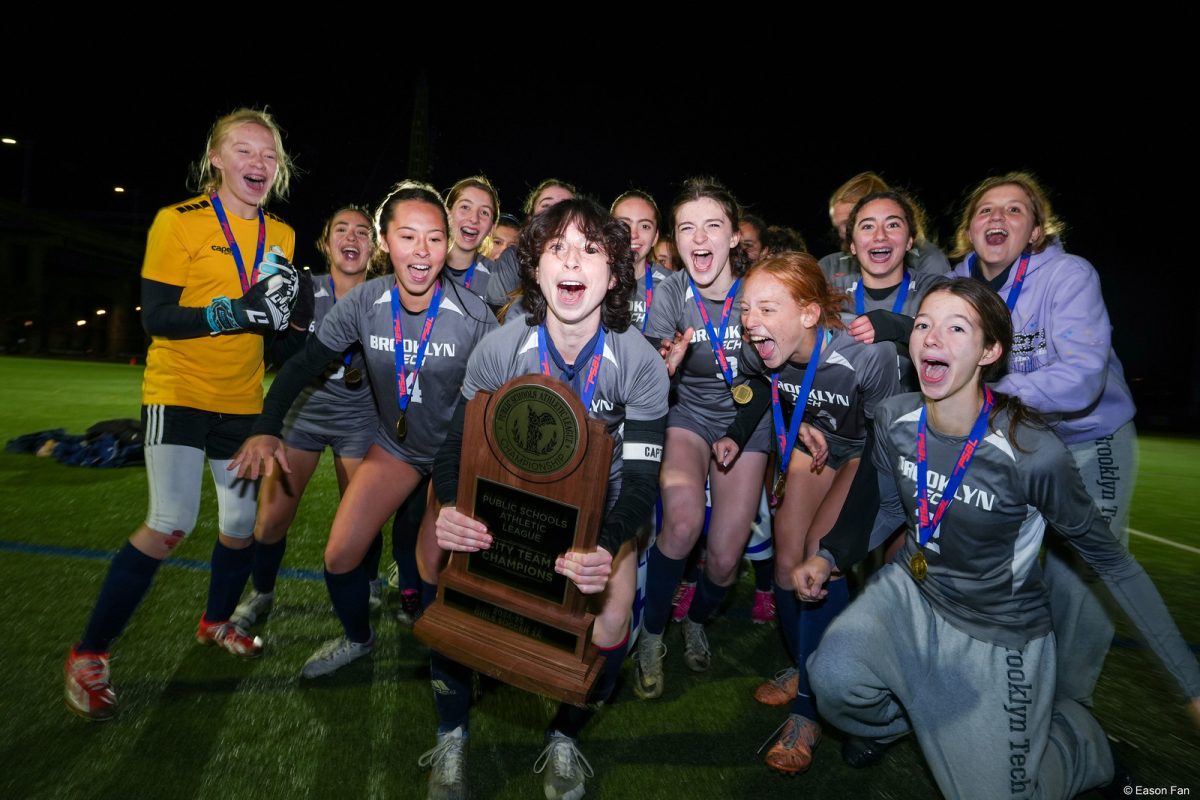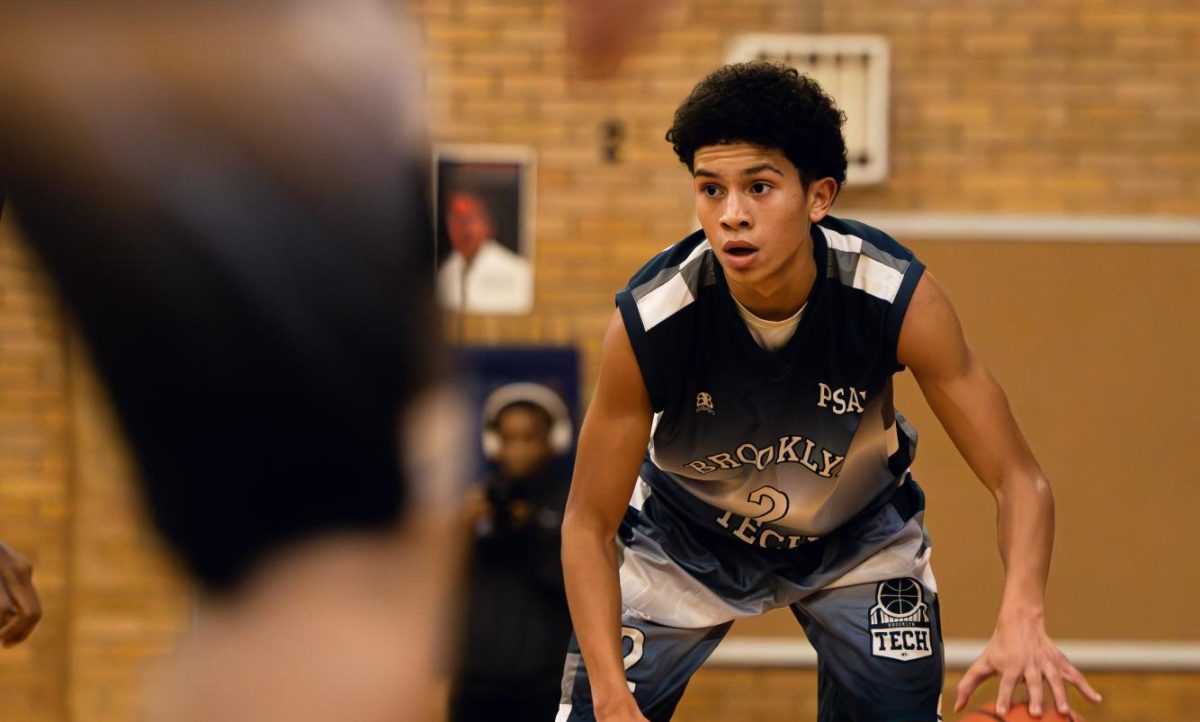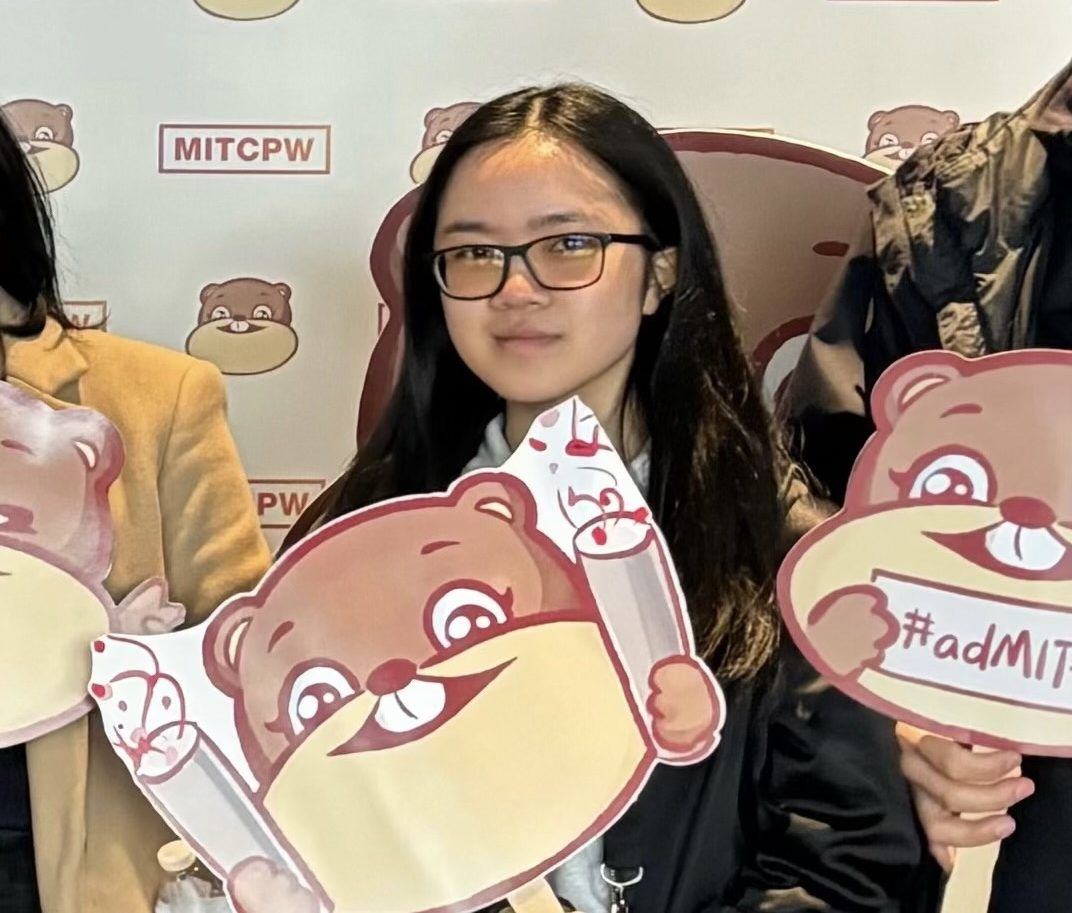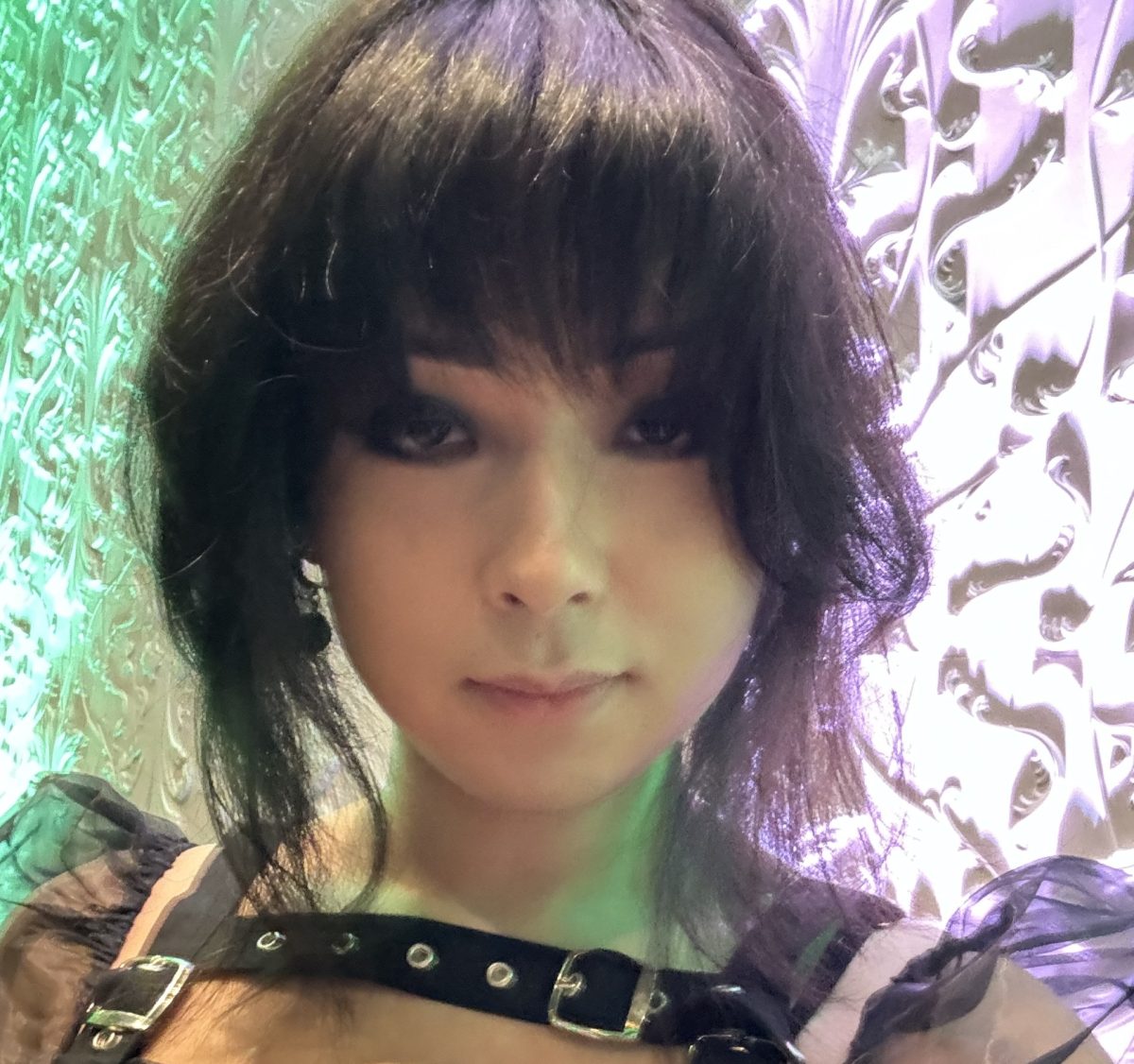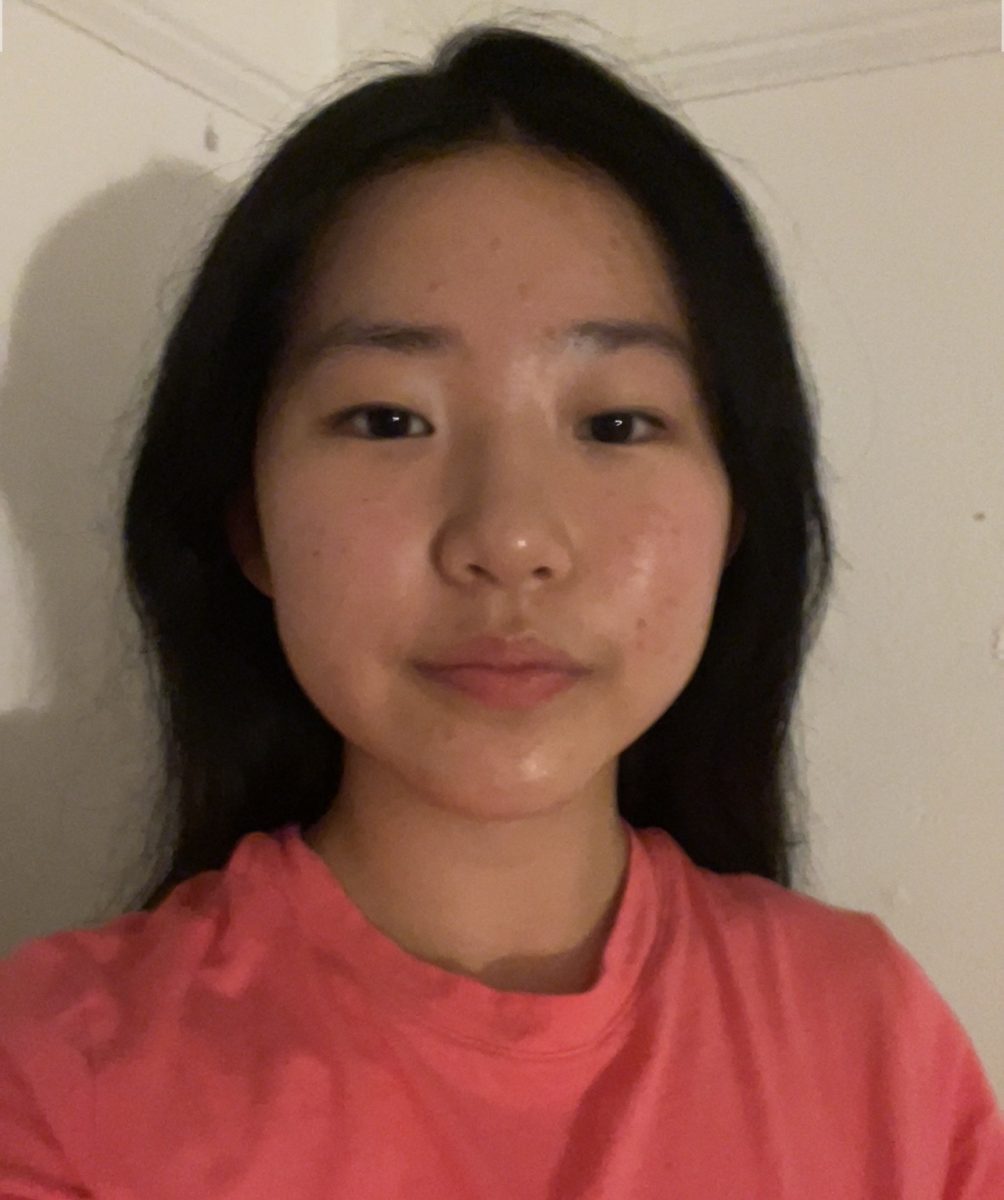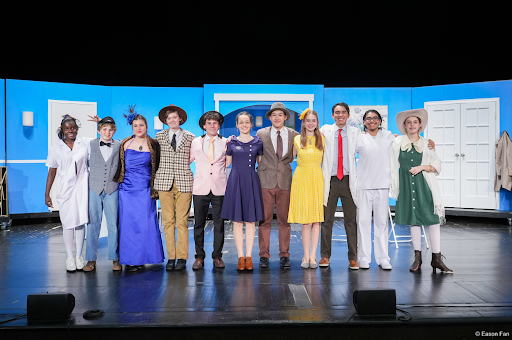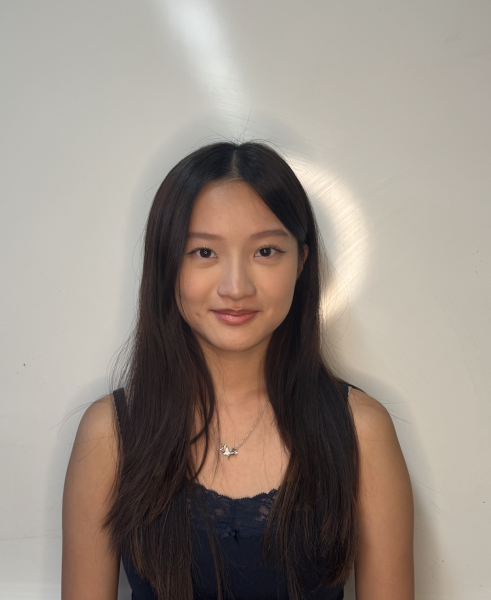On March 11th, Brooklyn Tech’s Elective Fair welcomed thousands of Technites course shopping for the 2025 to 2026 school year. While technical engineering majors fought for spots in elective courses like AP Physics or AP Calculus BC, tucked away in room 1N06, one course offering attracted a different crowd.
As one of Tech’s only visual art electives, AP Studio Art is an opportunity for students to explore their creativity at an advanced level. Centered around a theme of a student’s choosing, the course challenges students to develop a cohesive portfolio using two-dimensional mediums ranging from sketching and inking to oil painting and watercolor.
Students work in two-week cycles, beginning with the introduction of the project process, prompt guidelines, and artist examples. They then develop their own projects over the next two weeks, with a major emphasis on telling a story beyond the technical art.
For Architecture major Diana Zumba (‘25), the elective was an outlet to expand her artistic repertoire.
“I heard that in this class, I get to use a lot of different mediums, which I wasn’t used to,” she said. “[Prior to the class] I hadn’t ever used oil paints, and I got to try that out.”
During class, students are encouraged to experiment with the wide range of materials and tools the course offers. AP Studio Art teacher, Mr. Richard Depinto, emphasized that the class is not driven by structured lesson plans.
“[The class is] not me going, like, ‘Hey, here’s how you paint with oil…’,” he said. “It’s more of an exploration, the students getting a chance.”
Despite its creative focus, AP Studio Art is not only limited to art majors. In fact, it has grown increasingly popular among engineering students looking to build their college portfolios with creativity and design thinking.
Architecture major, Naviana Chowdhury (‘25), was inspired to join the elective to strengthen her portfolio.
“Having AP Studio Art helps you really think about what you’re doing,” Chowdhury shared. “When you put it on your portfolio, other colleges can see, ‘oh, this person has this thought,’ or ‘that they process things like this.’”
The elective not only helps students produce quality art, but encourages students to express themselves creatively.
“[I was inspired to take AP Studio Art] because of my portfolio for architecture,” said fellow Architecture major, Mary Bhowmik (‘25), echoing Chowdhury’s sentiment.
“Since I know that I actually want to go into the major, it would be very helpful to have a class where we’re doing primarily creativity. That’s something that my major lacks, at least, with the creativity stuff.”
Due to growing interest for the elective, students outside of the Architecture, Industrial Design, and Media majors are now able to apply for the class. The number of applicants has more than tripled since last year, with over 200 students applying this year.
Due to limited availability, students interested in joining the elective are expected to submit a portfolio with two of their best artworks. However, Tech is looking to meet increasing demand, and Mr. Depinto raised the possibility of a new AP Studio Art teacher.
“If we get to that point where we’re expanding on to other teachers coming in, I will say I’m very excited to be able to see how they decide to approach trying to create the complete portfolio.”
As of now, enrollment prioritizes rising seniors, though some hope the elective can be opened to juniors for a two-year program, given the limited time students have to prepare portfolios for college applications.
“It sucks that this is a class we can only take during our senior year.” Bhowmik shared. “It doesn’t give us that much time to prepare [our college portfolios].”
Chowdhury expressed similar feelings.
“I feel like I have a lot more pieces now than when I actually did my college portfolio,” she explained. “I’m 90% sure I would have put those pieces on [my portfolio] as well, but I couldn’t, because it was too late for me to add them on.”
For Architecture majors like Bhowmik and Chowdhury, submitting well-rounded college portfolios is essential when applying to design programs.
Mr. Depinto hears these concerns, and while there is as yet no plan to add juniors, he is excited about the growing interest.
“Every year, it seems to be growing and growing more and more, and I’m getting more students that are just really so excited,” he expressed. “[I] just want to see whatever they can do with [the class].”
However, those who join this class must be self-driven and willing to take it seriously. While there are not traditional homework assignments, students are expected to work on their portfolio pieces in-class, eventually meeting the two-week deadline per piece. For Bhowmik, Chowdhury, and Zumba, meeting these deadlines has been their biggest challenge.
Among AP Studio Art students, there was a shared consensus that the often stressful class harbors a tight-knit community that encourages artistic growth and feedback.
“It’s actually, really, really easy to make friends, because we have a pretty big friend group.” Chowdhury shared. “I know for me, almost in every single piece I go around my friend group and [ask]: Does this look okay? Or should I change anything?”
Mr. Depinto encourages students looking to scratch that creative itch to join AP Studio Art, regardless of previous experience. Driven to become a teacher in part by his own poor experience with the course in high school, he fosters a safe, comfortable artistic community from the moment his students first walk through the doors of 1N06.
“I try to make it as welcoming, and as comfortable as possible because again, if a class is comfortable, you’re going to want to come to it, you’re going to want to learn, you’re going to want to be able to do things,” he emphasized. “And to me, as an artist, the more comfortable of an environment you have, the more welcoming an environment, the better it’s going to be.”

